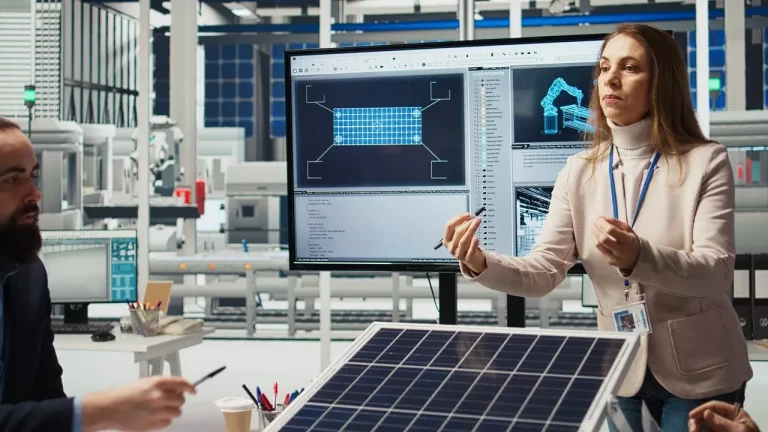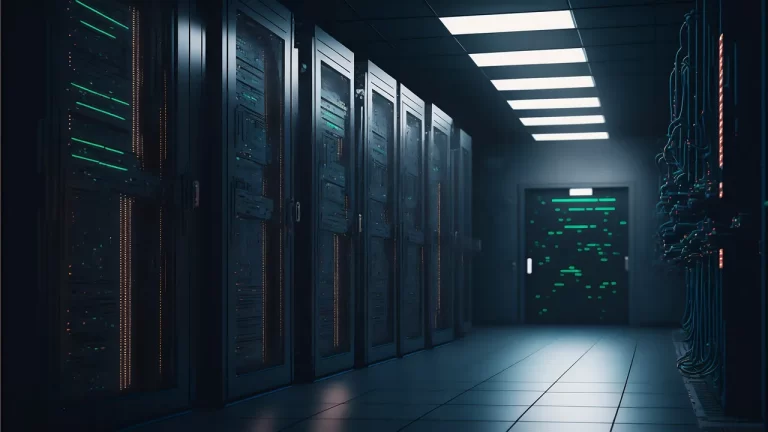Anil Nama shares how CtrlS Data Centres uses AI, edge computing, and green energy to build future-ready data centres across India, supporting 5G, IoT, and high-performance workloads.
As AI workloads surge and sustainability becomes non-negotiable, CtrlS Datacentres plans to lead the transformation of India’s digital infrastructure. In this exclusive interview with Dataquest, Anil Nama, Chief Information Officer of CtrlS Datacentres, outlines its AI-first approach to data centre design, the integration of cutting-edge cooling and energy systems, and its expansive plans for edge, hyperscale, and green data centres across Tier-1 and Tier-2 cities. From predictive maintenance to quantum-ready frameworks, CtrlS shares how it is building resilient, intelligent, and future-proof facilities for the AI era.
How is CtrlS using AI to optimise energy, cooling, workload distribution, and minimise downtime through predictive maintenance? Any recent standout innovations?
At CtrlS Datacenters, we leverage AI to optimise critical datacenter functions, ensuring peak performance and reliability for AI-driven workloads. Our AI-ready infrastructure is designed for HPC, AI, ML, and LLM, supporting data analytics, deep learning, and data mining. State-of-the-art cooling systems, like immersion cooling and precision air conditioning, coupled with high-density power solutions, manage intensive AI workloads efficiently and sustainably. Furthermore, a robust network infrastructure with low-latency connectivity ensures seamless handling of massive data requirements for AI training and inference, contributing to minimized downtime and improved uptime.
Our AI-optimised facility design, with a modular, scalable approach and low PUE (Power Usage Effectiveness), further supports workload distribution and operational efficiency. CtrlS’ AI-ready network infrastructure offers multiple ISP and IX connectivity options to maintain minimal latency, which is crucial for AI inference and training. With a commitment to 100% renewable energy by 2030 and major sustainability awards, we are setting new standards in energy management and sustainable AI-ready datacenter operations.
How is AI enabling CtrlS to more effectively support emerging technologies like 5G, IoT, edge computing, and hybrid cloud environments?
At CtrlS Datacenters, we leverage a combination of predictive analytics, machine learning, and automation AI to optimise critical functions and support emerging technologies. For 5G and IoT, our AI-powered infrastructure uses machine learning algorithms to handle massive data volumes, delivering real-time insights and enabling low-latency applications through our robust, low-latency network. In edge computing, predictive analytics optimises node placement and workload management across distributed locations. For hybrid cloud, automation AI facilitates seamless integration and resource management, optimising workload placement and automating provisioning, all within a secure and compliant framework. This is all underpinned by our AI-ready infrastructure, designed for high-performance computing and intensive AI workloads, managed sustainably with advanced cooling and power solutions.
Furthermore, our $2 billion investment plan aims to add 350 MW of AI and cloud-ready hyperscale data centres, incorporating advanced technologies such as liquid cooling and AI-optimised rack layouts to meet the growing demands of 5G, IoT, and hybrid cloud environments.
How do you envision the ‘data centre of the future’? What role will AI play in its design, sustainability, and resilience?
We envision the future datacenter as a dynamic, intelligent ecosystem with AI at its core. In design, AI will optimise layouts, cooling strategies, and predict capacity needs. For sustainability, AI will drive energy efficiency, optimise water usage, and enable renewable energy integration, transforming data centres into active participants in a sustainable energy grid. In resilience, AI will provide proactive threat detection, automated failover, and self-healing infrastructure, ensuring continuous operation despite disruptions. Essentially, AI will transform data centres from static infrastructure into dynamic, intelligent ecosystems.
This transformation is already underway across the industry, responding to significant challenges ahead. According to a report from the International Energy Agency, data centres currently consume about 1-1.5% of global electricity, with projections indicating this demand could nearly double to 1,000 terawatt-hours annually by 2030, equivalent to Japan’s entire electricity consumption, primarily driven by the explosive growth of AI applications. To address this, advanced cooling technologies like liquid cooling and heat recycling are now being utilised to minimise the 40% of energy generally allocated for cooling operations. Additionally, AI enables smarter integration of renewable energy sources through real-time grid condition monitoring and usage pattern optimisation. These developments collectively facilitate the establishment of robust and sustainable infrastructure necessary for future AI applications and reduce environmental impact.
Any specific innovations or expansions that CtrlS is planning in the next 12–18 months around AI-powered infrastructure?
CtrlS has allocated INR 500 crore for a new AI-ready datacenter in Bhopal, equipped with advanced cooling and security systems designed for optimal performance with AI and cloud workloads. This centre is projected to create approximately 200 jobs. A significant MoU with the Telangana government, signed at Davos 2025, will initiate the development of a ₹10,000 crore, 400 MW AI-enabled datacenter cluster near Hyderabad, expected to generate 3,600 jobs and enhance India’s AI ecosystem. CtrlS is also commencing work on a 40-acre AI-ready datacenter park at Chandanvelly Industrial Park, featuring phase-1 power of 250 MW and adaptable ultra-high-density rack configurations supporting up to 135 KW per rack alongside liquid immersion cooling capable of 300 KW per rack. We are also extending AI-ready infrastructure to tier-2 markets such as GIFT City (Ahmedabad), Bhubaneswar, and Guwahati, bringing localised, low-latency compute and storage closer to emerging enterprise and IoT hubs. These developments are part of CtrlS’ larger $2 billion investment plan to increase AI-optimised hyperscale and edge capacity by 350 MW across India and selected Southeast Asian regions.
There’s increasing momentum around small and edge data centres, especially with the growth of IoT and low-latency applications. What is CtrlS’s strategy in this space?
We recognise the growing importance of edge computing. Our strategy is to partner with key players in the edge ecosystem to provide comprehensive solutions. This includes offering colocation services in strategic locations, as well as developing managed services that can be deployed at the edge. We are also exploring strategic investments in edge infrastructure to expand our reach and capabilities.
CtrlS currently operates edge data centres in Patna and Lucknow, which are engineered for low-latency and high-performance workloads. Further expansions are slated for GIFT City (Ahmedabad), Bhubaneswar, and Guwahati, reflecting a strategic push into tier-2 markets to meet growing enterprise demand for localised infrastructure. This growth trajectory is in step with broader industry trends: IDC’s Worldwide Edge Spending Guide estimates global spending on edge computing at $228 billion in 2024, with a forecasted rise to $378 billion by 2028, demonstrating a sustained double-digit CAGR that underscores the sector’s momentum. We plan to establish over 20 Edge data centres across Tier-II and Tier-III locations. These edge deployments are critical for supporting next-generation applications requiring sub-millisecond latency, particularly in manufacturing, healthcare, and smart cities.







